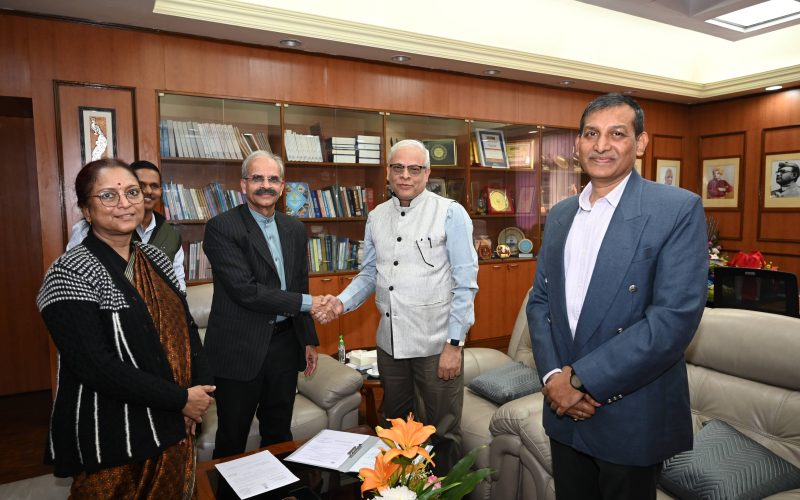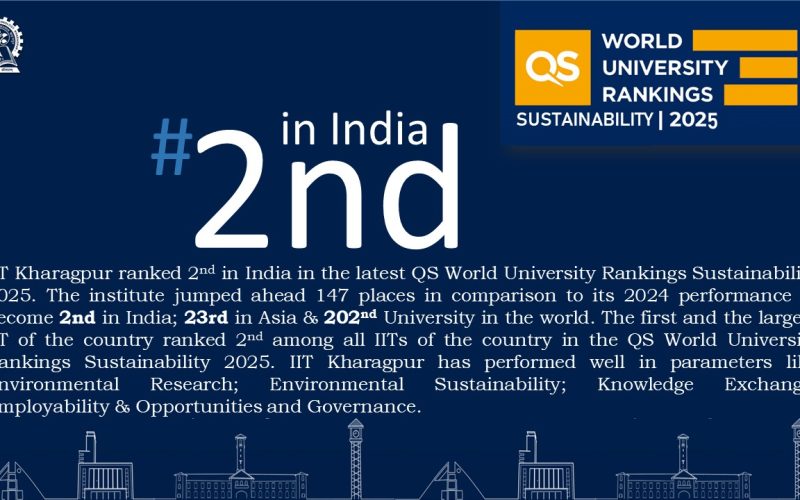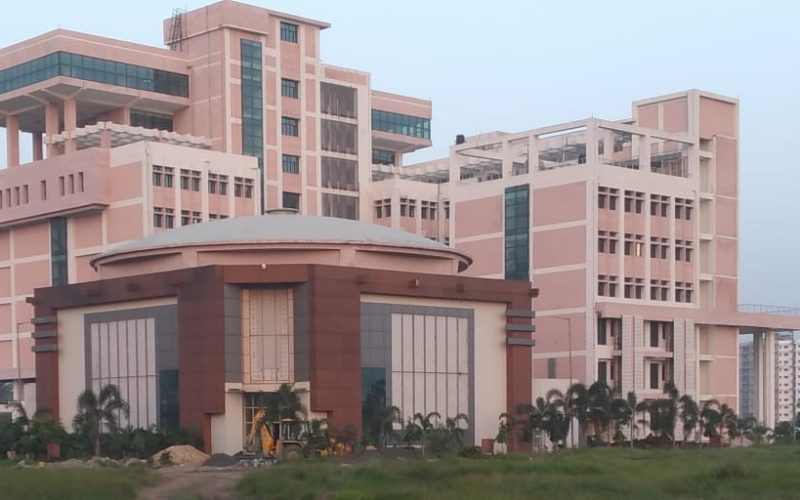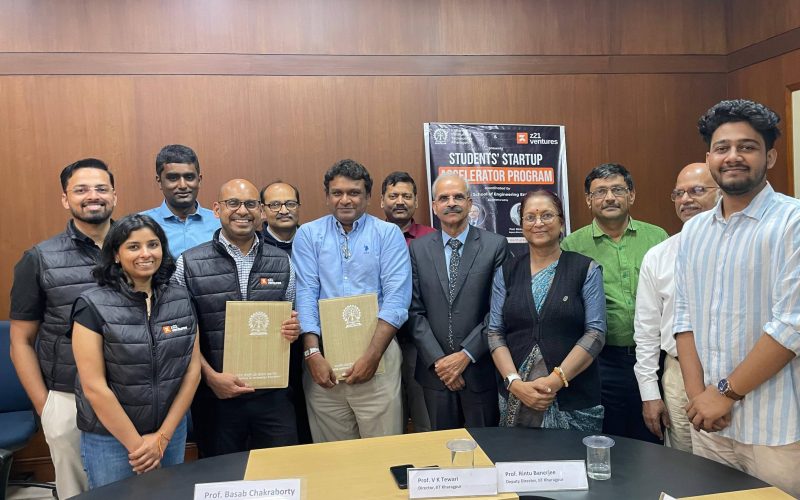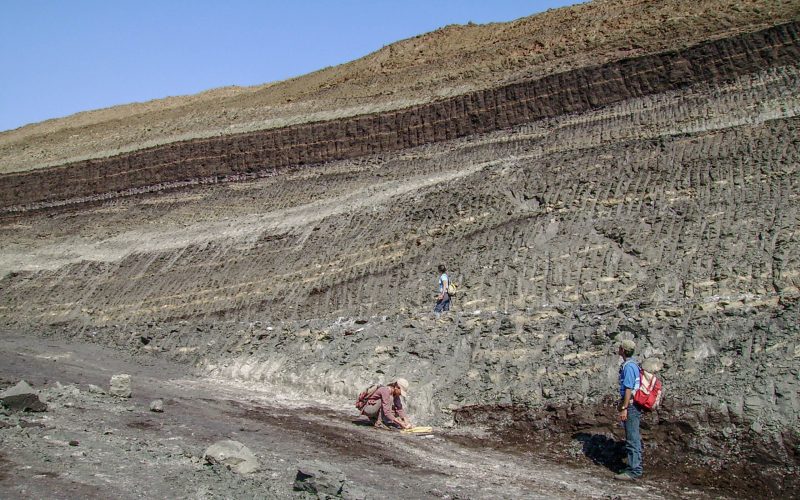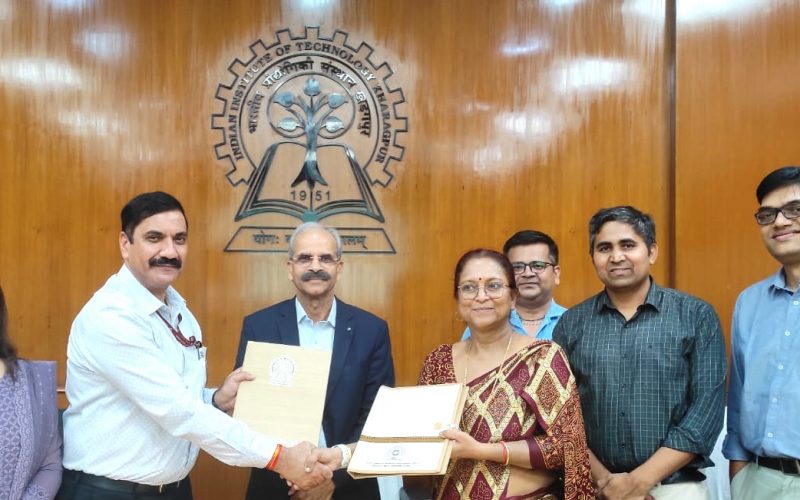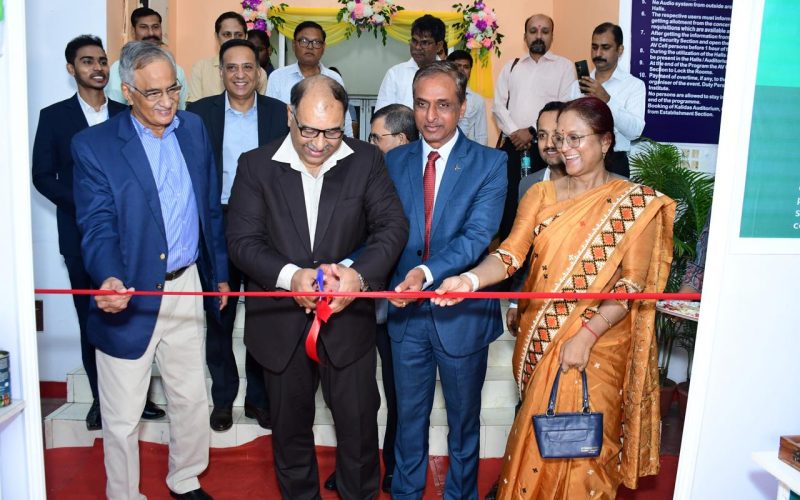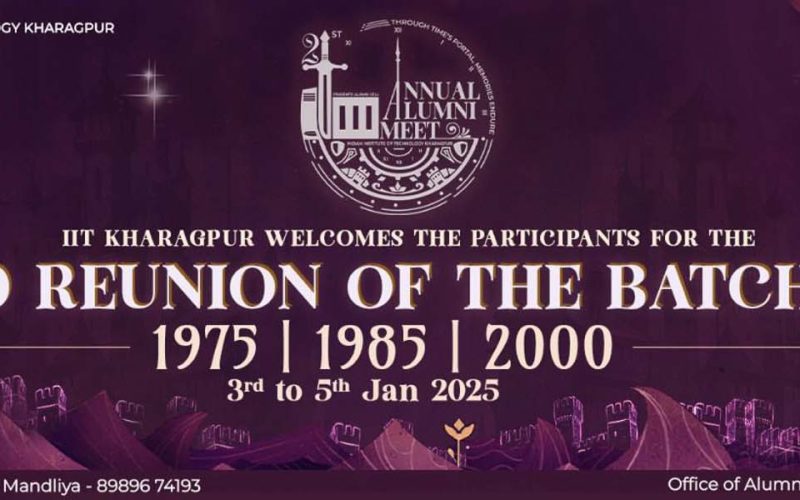
The Celebration of Forgotten Times – Alumni Meet 2025
"The Celebration of Forgotten Times" evokes a poignant reflection on the passage of time, nostalgia, and the act of revisiting memories that may have faded with the years. It is a celebration of not just of the present or the future, but of the past—moments that may have once seemed distant or even forgotten, but are now being rediscovered and cherished. A reunion, a retrospective event and a personal moment of reflection, Alumni Meet 2025 at IIT Kharagpur brew the essence of relieving those moments of camaraderie among the batches of 1975, 1985 and 2000. Alumni Meet reflects a celebration…


